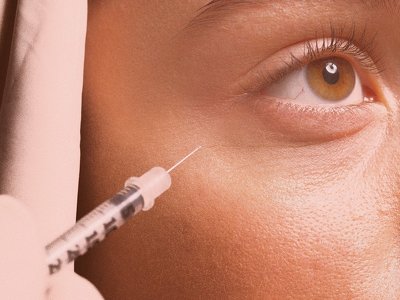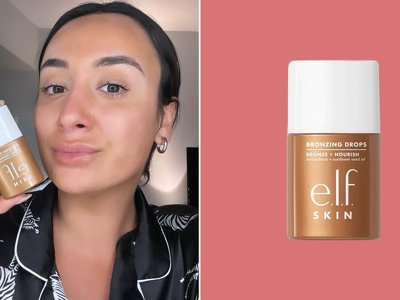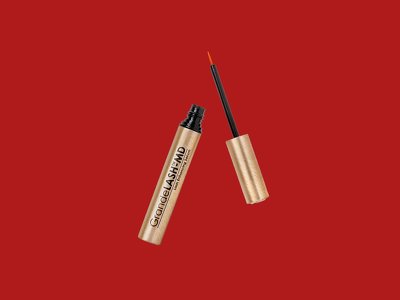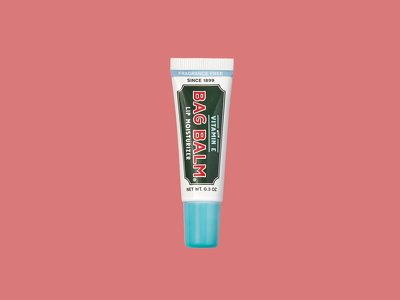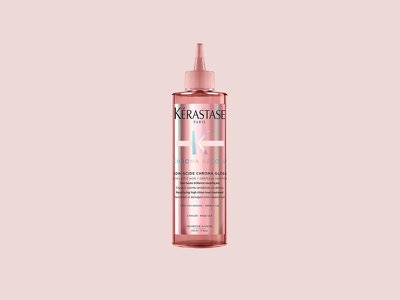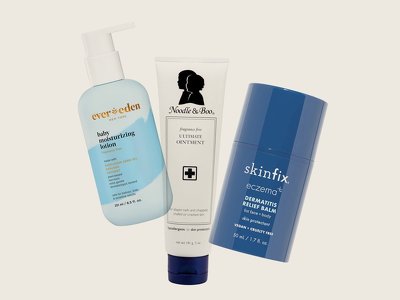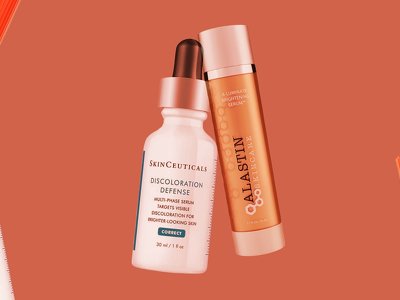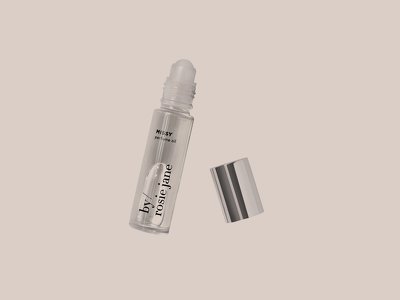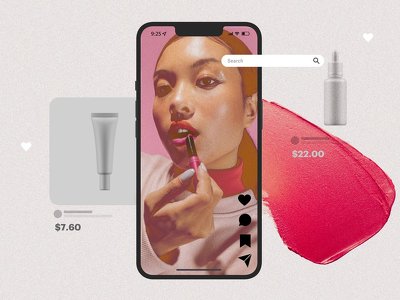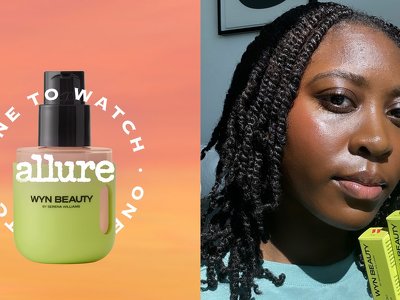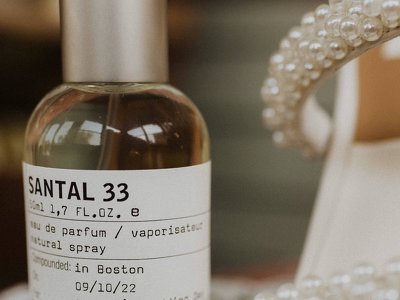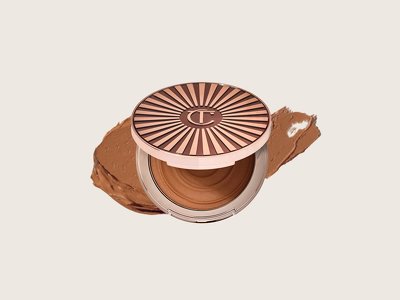You’ve Been Had By the Exosome Product Boom

All products featured on Allure are independently selected by our editors. However, we may receive compensation from retailers and/or from purchases of products through these links.
About three years ago, the word “exosome” quietly slipped into the skin-care lexicon. Fast forward to 2025, and it’s seemingly everywhere: A press release for a facialist’s spa recently touted its new “exosome dome” (a futuristic rotunda where you can experience exosome therapy). The facialist insists it’s not “your average dome.” And that exosome cream you’re seeing on beauty shelves? It’s supposedly not your average cream.
Scientifically speaking, exosomes are tiny structures released by cells that contain molecules like proteins, lipids, and genetic material. You can think of them as microscopic delivery trucks—bubble-like forms that facilitate communication and coordination between cells by delivering their molecular cargo, says Ellen Marmur, MD, a board-certified dermatologist. Marisa Garshick, MD, another board-certified dermatologist, notes that when this exchange occurs naturally in the body, it facilitates wound healing as well as other forms of cellular repair and regeneration.
The conversation around exosomes and skin initially centered on exosome therapy: an in-office treatment involving the application of topicals containing these tiny structures across the face following microneedling and laser resurfacing. Although there are currently no FDA-approved exosome treatments on the market, JuveXO and Exovex are examples of exosome-infused product lines designed for use in-office after these procedures.
Marnie Nussbaum, MD, a board-certified dermatologist, explains that exosomes have been shown in lab settings to elevate the concentration of growth factors that increase collagen and elastin, leading to improved skin laxity, a reduction in hyperpigmentation, and wound healing. In short, slathering exosomes onto your face after microneedling and lasers may reduce healing time and improve skin quality.
We’re also starting to see the potential use of exosomes in the hair-loss space. “Some people have done studies with exosomes…supplying them directly to an intact scalp and getting hair growth,” says Todd E. Schlesinger, MD, a board-certified dermatologist and co-author of the scientific literature review The Role of Exosomes in Medical Dermatology. But the evidence is still anecdotal. “You’ll find a bit of research here and there—mostly small studies, case reports, or series involving just a few patients.”
So what does that mean for your skin-care routine outside of a doctor’s office? Most products that tout exosomes as an active ingredient are focused on rejuvenation and regeneration, claiming to address visible signs of aging such as fine lines, wrinkles, and skin laxity, but the science to back up these claims is currently lacking, plus there’s no industry standardization or regulation for sourcing or manufacturing exosomes for cosmetic use.
And yet, the hype only continues to grow. So does any of this stuff actually work? Should we be concerned about product safety? And where are companies getting all these exosomes from anyway? We asked dermatologists and cosmetic chemists for their thoughts. Below are our eight biggest takeaways.
When we first started reporting on the role exosomes play in skin care, we received responses couched with phrases like, “They might do this,” or, “I guess, theoretically, they may…”
Dr. Nussbaum hopes that exosomes will enhance the skin repair process. Compared to other topical skin-care ingredients, Dr. Marmur says exosomes might be able to survive longer in the skin’s defensive environment due to their protective structures. Corey L. Hartman, MD, a board-certified dermatologist in Birmingham, Alabama, is less convinced of their abilities. “I don't even think that exosomes penetrate deep enough to be effective,” he says.
Let’s get this out of the way: No one we spoke to could definitively say that exosome skin-care products work. Dr. Schlesinger says that there are too many unknowns to confidently attribute the benefits seen during use to exosomes in over-the-counter topical skin care. “Everyone in clinical dermatology and research dermatology is saying the same thing: We need the science,” he says. “We're looking to these companies to produce the data.”
“I’d say it feels like the hype outweighs the proven results—maybe about 70% hype and 30% science.”
Dr. Marmur agrees. “On one hand, exosomes do represent a novel and promising approach to skin regeneration,” she says. On the other hand, these launches “have outpaced the science.” She continues, “I’d say it feels like the hype outweighs the proven results—maybe about 70% hype and 30% science.”
Some products are infused with exosomes created from human stem cells or platelets from blood. Dr. Marmur explains that in theory, “human exosomes ‘speak the same language’ as our own cells, making it easier for them to deliver their message and trigger changes like increased collagen or healing.” However, the materials inside exosomes derived from organic sources (like human stem cells) vary depending on the exact source.
One example of a product containing human-derived exosomes is Dr. Barbara Sturm Exoso-Metic Face Serum. These exosomes are lab-engineered from human DNA originally sourced from accredited tissue banks. According to the brand, they’re produced using recombinant protein technology, a process that inserts a targeted human gene into lab-cultured bacteria. After “reading” the DNA, the bacteria produce exosomes, which are then incorporated into the Exoso-Metic products. The end-product contains no original human material.
According to Dr. Schlesinger, exosomes are typically derived from humans and plants. However, some products utilize exosomes derived from animal blood plasma. “I know there are some companies looking at canine exosomes,” says Dr. Schlesinger. As with pretty much any product that contains animal-derived ingredients, this raises a host of questions about the animals’ welfare and whether these exosomes are ethical to use.
Some brands use animal byproducts. For example, Beekman 1802’s Milk Rx Advanced Better Aging Cream uses exosomes derived from goat milk proteins, collected from the goats raised on their farm. You can take a peek at how they're being treated here.
Many of these products use exosomes from plants. Kelly Dobos, a cosmetic chemist and adjunct professor of cosmetic science at the University of Cincinnati, notes that plant-based exosomes may offer benefits like lower production costs, longer shelf life, and fewer regulatory hurdles. Some experts also suggest that plant-derived exosomes are likely safer than those sourced from humans or animals. A representative from The Inkey List explains that the brand’s Exosome Hydro-Glow Complex uses exosomes from the Centella asiatica (cica) plant, which are “cultivated under controlled lab conditions using sustainable tissue cultures, ensuring a level of consistency and purity that human-derived alternatives simply cannot guarantee at this stage.”
But pros also say plant-derived exosome have their own share of pitfalls. Dobos explains that because the type of plant and the growing conditions can vary, the quality of plant-derived exosomes may be inconsistent. “These vesicles tend to be larger than human exosomes, and less is known about their uptake in human systems, so there are still many unknowns with plant-derived exosomes,” she says.
The dermatologists we spoke to are skeptical about how these botanical options interact with our (obviously human) cells. “The benefits of plant-derived exosomes may not be as biologically targeted or effective in activating the same regenerative responses that human-derived stem cell exosomes potentially can,” says Dr. Marmur.
There are also lab-synthesized, “exosome-like” ingredients in play. According to Dr. Marmur, some brands aim to mimic the delivery function of an organically derived exosome through a substitute ingredient. “These systems might be more stable, easier to produce, and safer than using actual biological material,” she says. “But again, the effectiveness of ‘exosome-like’ systems will depend on what’s being delivered, how well it’s absorbed, and whether these alternatives will be able to effectively interact with human cells and produce results.”
The process used to create synthetic exosomes (which are essentially protective transportation vehicles that house ingredients) for use in skin care is “old science,” says Dr. Marmur. She likens lab-synthesized exosomes to formulas with encapsulated ingredients or delayed-release delivery systems. For instance, SkinFix uses biomimetic—that is, human-made technology that mimics things found in nature—exosomes in its Exo + Ectoin Intensive Repair Baume. Dobos says they are liposomes, tiny fat capsules that have been commonly used as delivery systems in cosmetics for about 40 years. According to Krupa Koestline, a cosmetic chemist in Orlando, Florida, synthetic exosomes and liposomes are “90% the same,” with some minor differences. For example, in some cases, Koestline says synthetic exosomes are enhanced with surface proteins to differentiate them from traditional liposomes and improve their targeting.
One major issue with exosome skin care is that it can be unclear whether the intended effects of the product are actually caused by exosomes or by other ingredients. Exosome skin-care products never feature just exosomes. Ingredients that are proven to do things like increase hydration and support collagen production—ceramides, glycerin, peptides, squalene—also commonly make an appearance in these new exosome-infused formulas.
Beyond it not being clear if it’s these tried-and-true ingredients or the newly buzzy exosomes that are doing the heavy lifting, Dobos says the data is lacking on which ingredients pair best with exosomes. She explains that there are limited peer-reviewed stud
- Last
- April, 28
-
- April, 27
-
- April, 26
-
-
- April, 25
-
- April, 22
-
-
-
-
- April, 16
-
-
-
-
-
- April, 15
-
-
-
- April, 13
-
-
News by day
29 of October 2025










